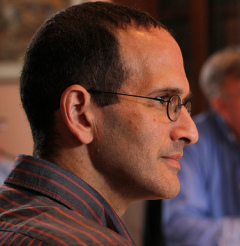(Note: This post was adapted from a talk by Ray Barfield at the January 2015 DIFW Healthcare Forum. This is the second of three articles by Dr. Barfield.)
There’s a long, long line at St. Peter’s gate, and the newly dead grumble about the delay. Suddenly there’s a commotion at the back of the line as a man in a white coat runs past people waiting. As he continues along the side of the line, it becomes clear that he is carrying a stethoscope. When he reaches the head of the line, St. Peter waves him on through. There are indignant cries of protest and outrage. St. Peter stands up at his desk and yells, “It’s OK folks. That was God Himself. Every once in a while he like to go down there and play doctor!”
Fair enough. But as a doctor I am acutely aware of the stakes in the work, and I am acutely aware of the inadequate way that we form doctors – the inadequate way that I was formed as a doctor. Especially when it comes to facing the reality of death. Here is a sixty-second summary of how doctors are formed … Otherwise relatively normal people show up at medical school and they are given their first patient. The patient is dead. This is anatomy class. They learn where all the parts of a person are, but none of the parts are moving. Then they take physiology. Here they learn what it looks like for the parts, the molecules, to be in motion in a living person, to be moving in the right way. This is the difference between a dead patient and a live patient. Next they take pathology and they learn what it looks like for rogue molecules to go in the wrong way. Then the medical school gives them a short white coat and sends them to the hospital wards to learn their craft. What is the craft? It is learning medical and surgical techniques to make rogue molecules that are moving in the wrong direction, move in the right direction.
And then … they graduate with ‘MD’ behind their name. They are doctors. What has medical school given them? Two things: a definition of life (molecules moving in the right direction), and a definition of their vocation (making sure that molecules keep moving in the right direction).
As such, this is wonderful. When my car does not work, I am so grateful that there are people in the world who know how to make it go again. But people are not engines. We are not machines. Bad end of life care – and bad medicine generally – comes from treating the bodies of human beings as a machine. There is a lot that our bodies have in common with machines, but there is a big difference – we are not mere machines because, unlike machines, we love, long, wonder, question, and we are aware that our bodies are mortal. We care about what we do and how we live. We create, we sacrifice, and we fear. And as we do all of these things, we tell stories about what it is that we are doing, and why. We care about the ‘why’ part.
The sad thing about the way that doctors are formed – the way that I was formed as a physician, until I rebelled – is that the ‘why’ part of the experience of illness, suffering, and death is not central to the long process of formation.
‘Whys’ show up in stories, not in electronic medical records recording sodium, potassium, and blood counts. And the stories that people bring to the hospital, while we check their blood and gallbladder and liver function, are the clue to what to do with the data we mine amongst the molecules that make up the body.
It is through the act of listening to and telling stories that you and I, when we are desperately ill, emerge in an environment in which we are in danger of being reduced to the biology of our disease.
The act of telling and listening to stories is the way a patient and family opens up the shape of a whole life, including hopes, fears and ways of understanding the meaning of suffering and loss. Our stories also remind us that we are not reducible to the biology of our disease.
It is not easy to listen to a story well. This may especially be true when we have heard the story many times. We can get used to a story – even a story of monumental consequence – and no longer hear it well. This happens to doctors who have attended a thousand dying patients.
I find in my own practice that a reminder of the principles of good story telling can revive a story - this is one way to combat story malaise. But it is also a way to understand how stories can lead to action. Listen to enough stories and you start to see a pattern emerge.
Obviously I think that our stories matter to end of life care. By ‘story’ I do not mean ‘mere fiction’. What I mean is this: stories say true things about the world, and they are revisable the heart of my story is Christianity. My life is framed in the complexity and light of Jesus. For those of you who are not Christians, let me assure you that this does not make things easy. I mention my faith because it matters to this subject. I don’t have time to talk about death in general. To say anything interesting I have to talk from inside one story. The sterility of our national debates about end of life care come, in my opinion, from the understandable effort to abstract and generalize. That effort is understandable because it is efficient. It is sad because it derails human flourishing.
Here is what it looks like, on a good day, for Christians to die. I wish we had time to talk about Jews, Muslims, Hindus, atheists, and the merely frightened. We don’t. So, Christians. We frame our experience with the passion story. When Jesus was facing death on a cross he went to a quiet place and prayed to God, “Father, if you are willing, remove this cup from me; yet not my will but yours be done.” How often I hear patients and families say this. How often I listen to people trying to find a way to cry out for what they want – the only thing they want: keep my baby here, keep my wife here, keep me here, I love my life . . . and how often I hear people formed by the Christian story of the world say, “Yet not my will but yours be done.”
Here is a secret: even though I am a Christian, I am not personally very comfortable with such willingness to suffer this loss if it be the will of God. I am inclined towards a very loud ‘NO!’, and I have many times been humbled by the holiness and faithfulness of my patients and families who imitate the willingness to obey that Jesus showed in the Garden of Gethsemane. I must admit that I am more at home with the gospel of Mark where Jesus cried out from the cross, “My God, my God, why have you forsaken me?” I am also aware of the statement of hope that Jesus made to the crucified thief next to him on the cross: “Truly I tell you, today you will be with me in paradise.”
Families look to me as though I have some authority as a doctor, as though I know what I am doing, as though I am not left gobsmacked by the threshold of death and the general weirdness that we show up in the universe without asking, become conscious of the wonder of love and beauty, and shortly thereafter become conscious of the only way out: “What? I die? We die? You’ve got to be kidding me? Who set things up this way? I am not the kind of thing that is suppose to die!!” But from inside the Christian story, one of the deepest sources of permission to lament and be faithful is to bring together these two statements from the cross: to point out that the same Jesus can say “My God, my God why have you forsaken me?” and “Today you will be with me in paradise.”
This is a powerful way to reorient towards the world when death starts snapping at the heels.

